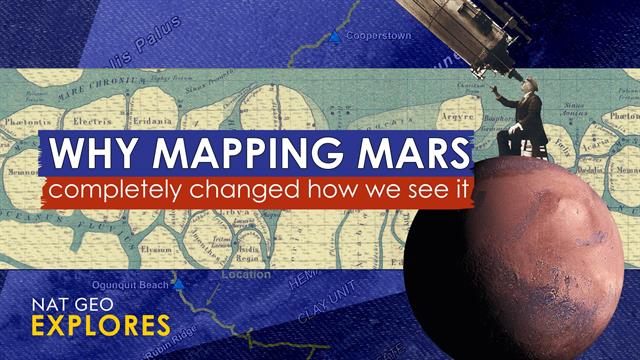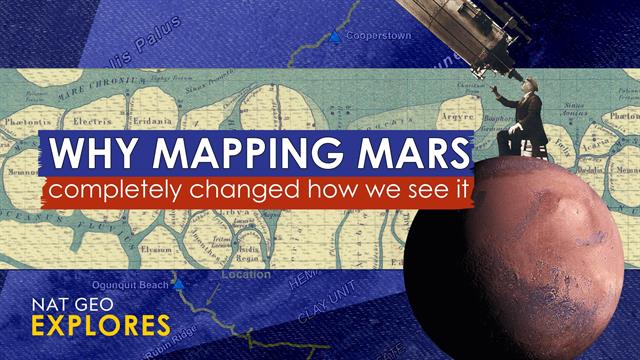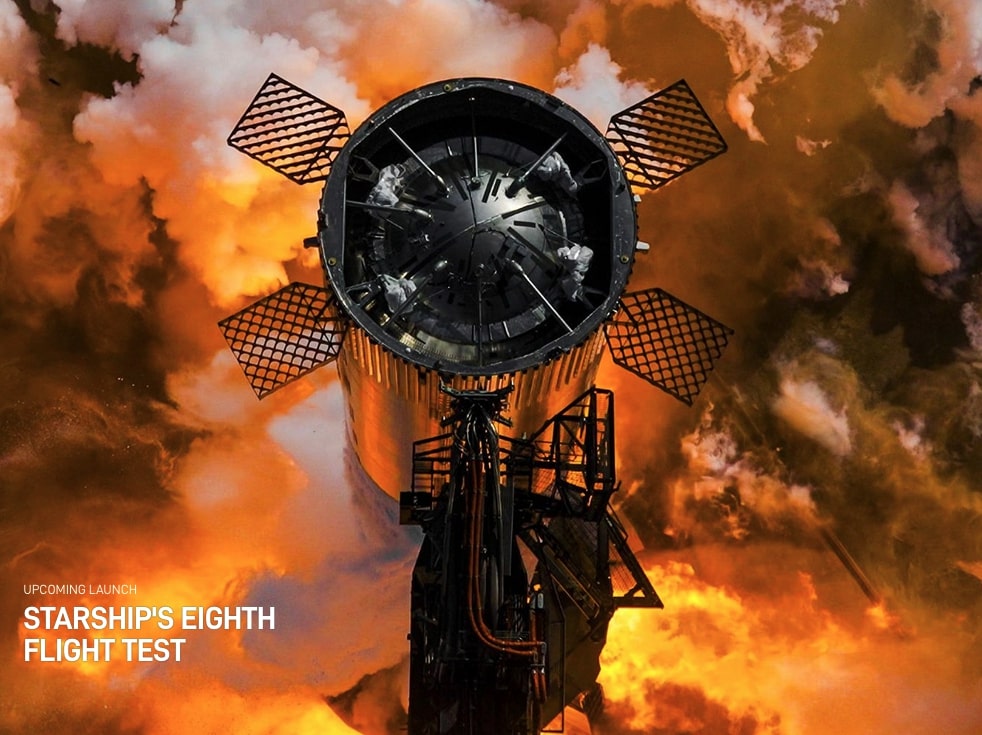Mapping Mars: The Contentious History Behind Our Understanding

Welcome to your ultimate source for breaking news, trending updates, and in-depth stories from around the world. Whether it's politics, technology, entertainment, sports, or lifestyle, we bring you real-time updates that keep you informed and ahead of the curve.
Our team works tirelessly to ensure you never miss a moment. From the latest developments in global events to the most talked-about topics on social media, our news platform is designed to deliver accurate and timely information, all in one place.
Stay in the know and join thousands of readers who trust us for reliable, up-to-date content. Explore our expertly curated articles and dive deeper into the stories that matter to you. Visit NewsOneSMADCSTDO now and be part of the conversation. Don't miss out on the headlines that shape our world!
Table of Contents
Mapping Mars: The Contentious History Behind Our Understanding
The red planet has captivated humanity for centuries, inspiring awe and fueling scientific curiosity. But our understanding of Mars hasn't been a smooth, linear progression. Instead, it's a story filled with competing theories, technological breakthroughs, and sometimes, outright controversy. From early telescopic observations to the high-resolution images of modern rovers, the journey to mapping Mars has been a fascinating and often contentious one.
Early Observations and Speculation: Canals and Controversy
Early attempts to map Mars, primarily through telescopic observations in the late 19th and early 20th centuries, were limited by technology but brimming with speculation. The most infamous example is the "canals" of Mars, famously observed (and perhaps misinterpreted) by astronomer Percival Lowell. Lowell's detailed maps, depicting a network of intricate canals, fueled widespread speculation about Martian civilization and intelligent life. This sparked the public imagination but also ignited a debate among scientists, with many contesting the accuracy of his observations and attributing the "canals" to optical illusions. This early, albeit inaccurate, mapping laid the groundwork for future exploration, highlighting the importance – and potential pitfalls – of observational astronomy.
The Space Race and the First Close-Ups: A New Era of Mapping
The space race between the United States and the Soviet Union in the mid-20th century dramatically accelerated our understanding of Mars. Early flyby missions, like Mariner 4 in 1965, provided the first close-up images of the Martian surface, revealing a cratered landscape far different from Lowell's imagined utopia. These images revolutionized our understanding and forced a reassessment of previous maps based on ground-based observations. Subsequent missions, including Mariner 9 and the Viking orbiters, provided more detailed imagery, revealing vast volcanoes, canyons, and polar ice caps. This era saw a shift from speculative mapping to data-driven cartography, establishing the foundation for modern Martian mapping techniques.
Modern Missions and High-Resolution Mapping: Unveiling Martian Secrets
Modern missions, such as the Mars Global Surveyor, Mars Reconnaissance Orbiter (MRO), and Mars Express, have provided unprecedented detail about the Martian surface. High-resolution cameras and advanced sensors on these orbiters have allowed scientists to create incredibly detailed maps, revealing geological features with astonishing clarity. The MRO's HiRISE camera, for example, can resolve objects as small as a few feet across, providing an unparalleled level of detail for studying Martian geology, identifying potential landing sites for future missions, and searching for signs of past or present life.
- Improved Resolution: Modern orbital imagery offers resolutions far surpassing earlier efforts.
- Diverse Data Sources: Data from multiple instruments (spectrometers, radar) contribute to a more comprehensive understanding.
- 3D Modeling: Advanced techniques enable the creation of 3D models of the Martian surface, enhancing our visualization and analysis.
Ongoing Challenges and Future Directions: The Quest Continues
Despite the incredible progress in mapping Mars, challenges remain. Understanding the planet's subsurface geology, accurately measuring its water ice reserves, and deciphering its complex climate history require further investigation. Future missions, including potential sample-return missions and human exploration, will undoubtedly contribute to even more refined and comprehensive maps. The ongoing quest to map Mars reflects humanity's enduring fascination with the red planet and our relentless pursuit of knowledge about our place in the cosmos. The contentious history of Martian mapping serves as a reminder that scientific understanding is a continuous process of refinement, driven by both innovation and the healthy skepticism that challenges existing paradigms.

Thank you for visiting our website, your trusted source for the latest updates and in-depth coverage on Mapping Mars: The Contentious History Behind Our Understanding. We're committed to keeping you informed with timely and accurate information to meet your curiosity and needs.
If you have any questions, suggestions, or feedback, we'd love to hear from you. Your insights are valuable to us and help us improve to serve you better. Feel free to reach out through our contact page.
Don't forget to bookmark our website and check back regularly for the latest headlines and trending topics. See you next time, and thank you for being part of our growing community!
Featured Posts
-
 Ai Video Generation A New Front In The Us China Technological Cold War
Mar 04, 2025
Ai Video Generation A New Front In The Us China Technological Cold War
Mar 04, 2025 -
 Stripe Reaches 91 5 Billion Valuation Stablecoin Significance Highlighted
Mar 04, 2025
Stripe Reaches 91 5 Billion Valuation Stablecoin Significance Highlighted
Mar 04, 2025 -
 Stripes 91 5 B Valuation Founders On Stablecoins And The Future Of Finance
Mar 04, 2025
Stripes 91 5 B Valuation Founders On Stablecoins And The Future Of Finance
Mar 04, 2025 -
 From Speculation To Science Tracing The Evolution Of Mars Maps
Mar 04, 2025
From Speculation To Science Tracing The Evolution Of Mars Maps
Mar 04, 2025 -
 Space X Starship Flight 8 Launch Date Set Monday March 3rd Preparations And Expectations
Mar 04, 2025
Space X Starship Flight 8 Launch Date Set Monday March 3rd Preparations And Expectations
Mar 04, 2025
